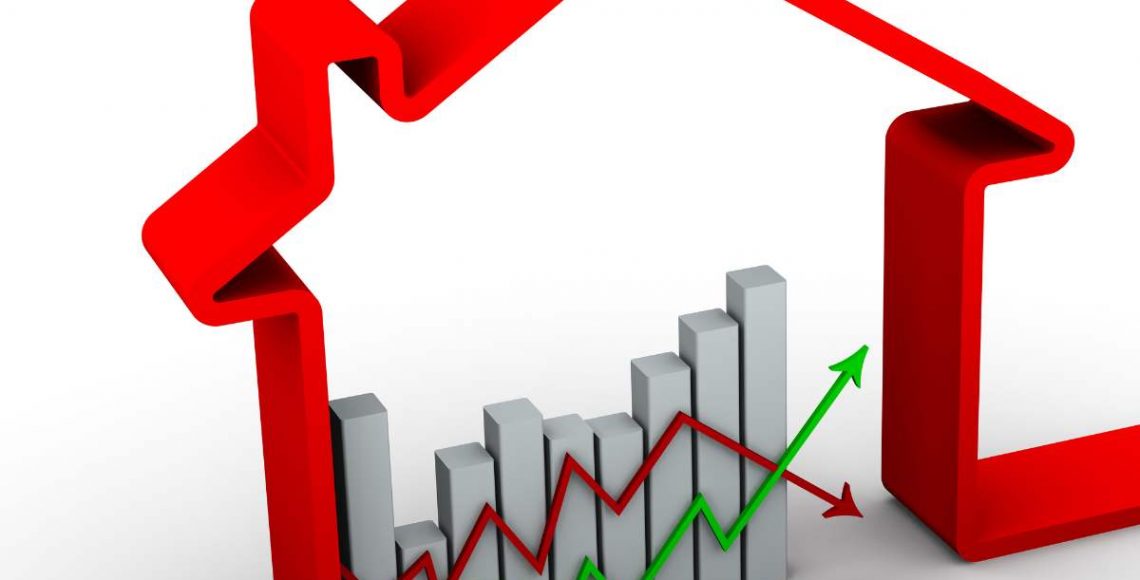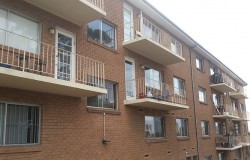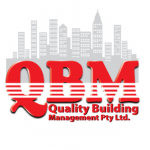Insurance Valuation of Strata Buildings in a Changing Market
Strata buildings, also known as condominiums or apartment complexes, are a type of property that can be challenging to value for insurance purposes. This is because strata buildings often have unique features, such as shared spaces and amenities, that need to be considered. Enter a complex property market and an insurance valuation becomes even greater of a challenge.
These changes in the property market can impact the insurance valuation of strata buildings. Read on as we explore some of the factors that can impact the insurance valuation of strata buildings in a changing property market.
Property Values
Property values are among the most significant factors that can impact the insurance valuation of strata buildings. When property values rise, the cost to rebuild a strata building also increases. This means that the insurance coverage and premiums for the building may need to be adjusted to reflect the higher value. Conversely, if property values decrease, insurance valuations for the building may need to be revised downward to reflect the lower value.
Building Materials And Construction Costs
The cost of building materials and construction can also impact the insurance valuation of strata buildings. When building materials and construction costs rise, the cost to rebuild a strata building also increases. This means that the insurance coverage and premiums for the building may need to be adjusted to reflect the higher prices. It’s important to note that some building materials may have a higher replacement cost than others, which can impact the insurance valuation of the building.
This is a critical consideration when managing a strata building with a sinking fund. This step provides a clear picture in the event of damage requiring repair.
Age Of The Building
The age of a strata building can impact your insurance policy as well. As buildings age, the cost to replace or repair them may increase due to wear and tear, and potential outdated building codes. Therefore, the insurance valuation for an older strata building may be higher than that of a newer building, even if the newer building is more expensive to build.
Building Code Requirements
Building code requirements can also impact insurance valuations of strata buildings during a volatile property market. For example, if a building is required to meet new building codes due to changes in the property market, the cost to rebuild or repair the building may be higher than it was previously. This means that the valuation for the building may need to be adjusted to reflect the new building code requirements.
Location And Environmental Factors
The location of a strata building and environmental factors, such as natural disasters and climate change, can also impact its insurance valuation. Buildings in areas prone to natural disasters, such as floods or earthquakes, may require higher strata insurance coverage to protect against potential damage. Similarly, if there are concerns about environmental factors such as soil instability or coastal erosion, the insurance valuation may need to be adjusted to reflect the potential risks.
The insurance valuation of strata buildings can be impacted by various factors, including property values, building materials and construction costs, the age of the building, building code requirements, and location and environmental factors. It’s essential to keep up with changes in the property market and regularly re-evaluate the insurance valuation of a strata building to ensure that it is adequately protected in the event of an unforeseen incident. Working with a trusted valuation company, such as Quality Building Management, can help strata building owners and managers navigate these complexities and ensure that their building’s insurance coverage is up-to-date and accurate.






